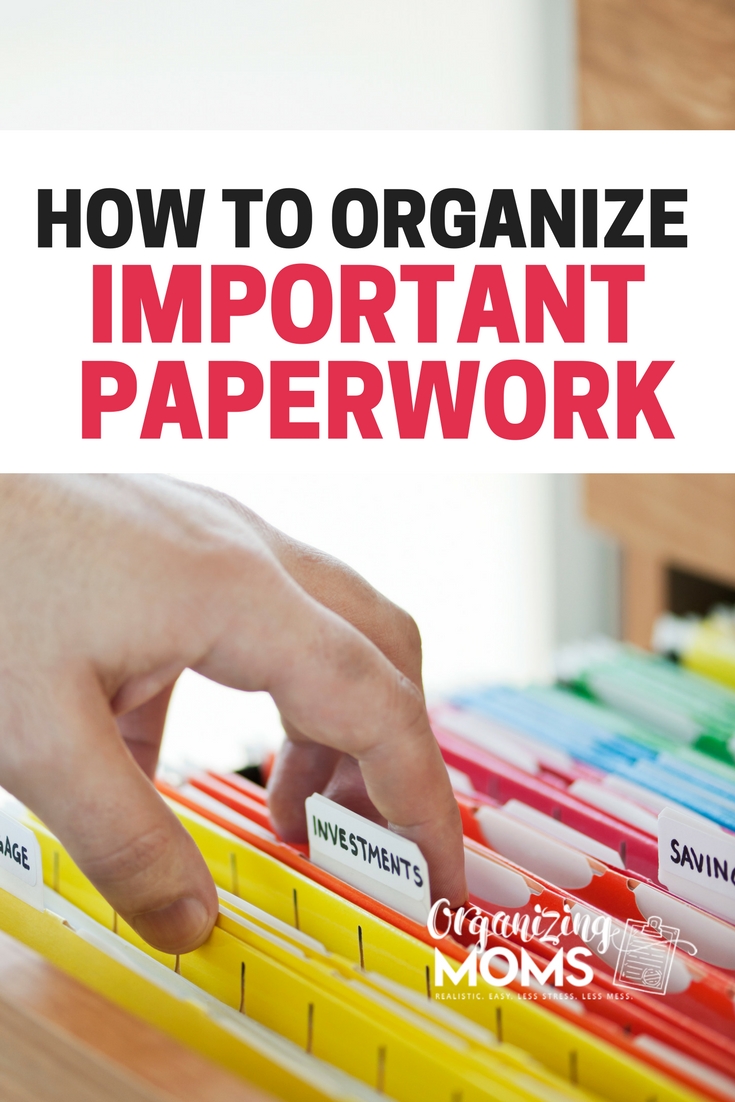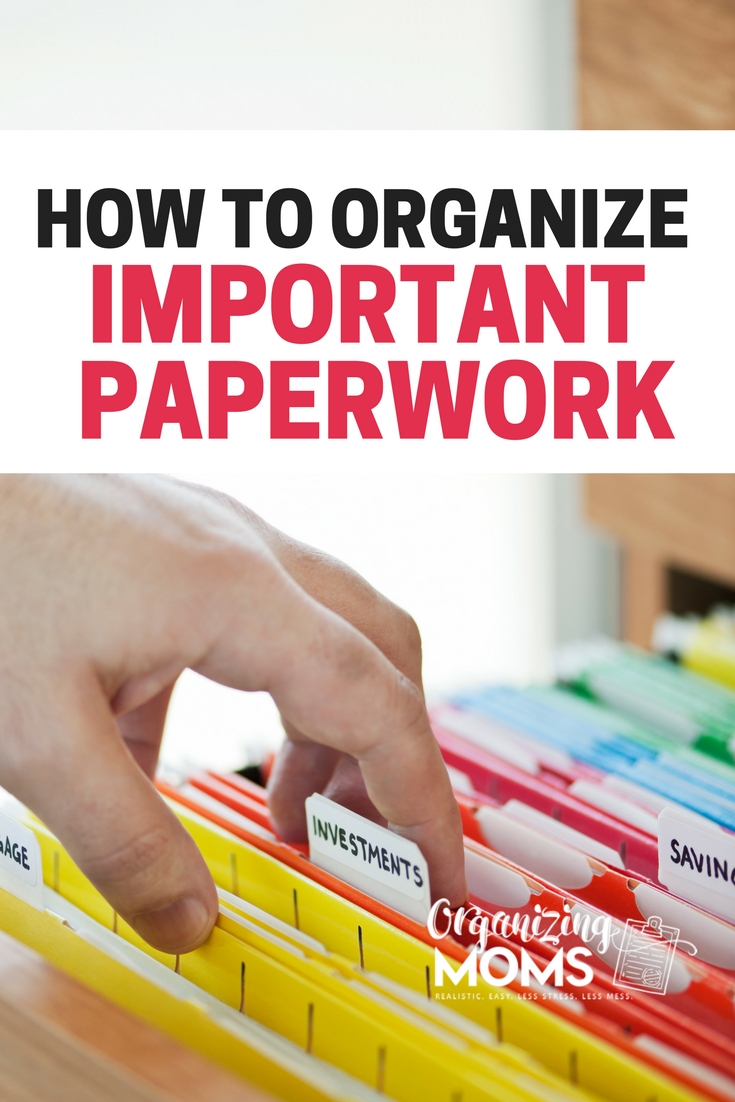5 Simple Steps to Organize Your Mail and Paperwork

Do you find yourself overwhelmed by the constant influx of mail, bills, and miscellaneous paperwork? Managing paper clutter can be an ongoing struggle, but with the right strategy, you can streamline your organizational process and maintain a tidy workspace or home. Here’s how to get your mail and paperwork under control in just five simple steps.
Step 1: Set Up A Mail Station


The first step to organizing your mail and paperwork is to establish a dedicated space for all your incoming mail. Here’s what you’ll need:
- A designated area or station, ideally close to your entry point.
- A small filing cabinet or organizer with slots or drawers for categories like bills, to-do lists, and documents to file.
- A trash can or recycling bin for immediate disposal.
- A shredder if privacy is a concern.
🔑 Note: Keep this station exclusive to mail management to avoid cross-clutter.
Step 2: Immediate Sorting

Once you’ve set up your mail station, the next step is to sort your mail as soon as it arrives. This helps prevent the accumulation of clutter:
- Junk Mail: Throw it straight into the recycling bin.
- Action Required: Place bills, invitations, or letters requiring a response in an ‘Action Required’ slot.
- To Read: Magazines, promotional materials, or anything you might want to read later should go in a ‘To Read’ pile.
- File: Put documents you need to keep but don’t need immediate action into a ‘File’ slot.
By sorting mail immediately, you limit the pileup and make subsequent steps easier.
Step 3: Weekly Review and Action

| Day | Task |
|---|---|
| Monday | Sort and File |
| Thursday | Action Required |

At least once a week, set aside time to go through your mail station:
- File documents that need to be kept.
- Take action on items in the ‘Action Required’ slot, like paying bills or responding to invitations.
- Read through ‘To Read’ items and recycle or file accordingly.
⏰ Note: Consistency is key. Make this review part of your weekly routine.
Step 4: Digitize and De-Clutter

To reduce paper clutter further:
- Consider scanning important documents and storing them digitally. Services like Evernote or Dropbox can help manage digital files.
- Unsubscribe from mailing lists or opt for paperless billing where available.
- Use online banking to reduce the frequency of paper statements.
By digitizing, you not only save space but also make document retrieval easier.
Step 5: Maintain and Adjust

Finally, maintaining an organized system requires ongoing adjustments:
- Regularly review your filing categories and adjust as your needs change.
- Every few months, declutter your digital and physical filing systems to eliminate outdated documents.
- If your system isn’t working, tweak it. Perhaps you need a different sorting method or additional tools.
🔍 Note: Keep the system simple. Overcomplicating can lead to failure in maintaining it.
The journey to organizing your mail and paperwork is a continuous one. With the system in place, you'll be better prepared to tackle the daily deluge of documents. Remember, the key to success is consistency. By following these steps, you're not just organizing paperwork; you're setting yourself up for a clearer, calmer, and more productive life.
How often should I clean out my mail station?

+
It’s best to clean out your mail station at least once a week to keep it manageable.
What should I do with sensitive documents?

+
Shred any documents containing personal information to prevent identity theft.
Can I completely go paperless?

+
Many people aim for a paperless environment, but there are still documents that need to be kept in physical form due to legal or personal reasons.